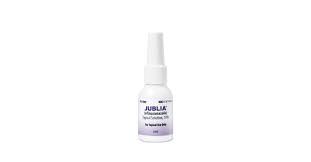What Used for Jublia ?
Jublia is a distinguished topical antifungal treatment specifically formulated to combat toenail fungal infections, clinically recognized as onychomycosis. The formulation features efinaconazole as its active ingredient, which effectively curtails the proliferation of the fungi responsible for the infection. Offered in a liquid solution, Jublia is effortlessly applied directly to the affected toenail, presenting a refined…





